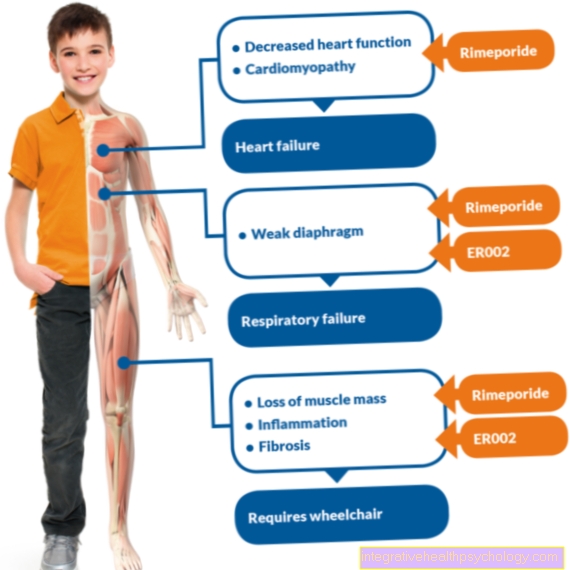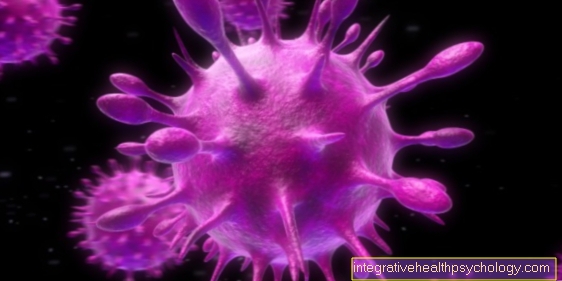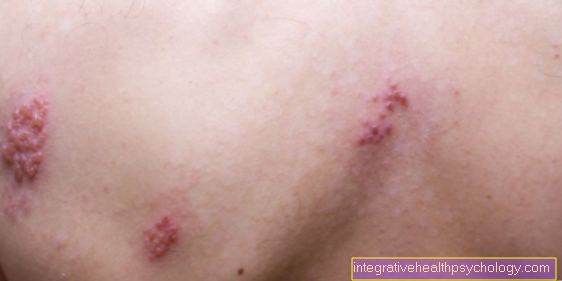Angelman Syndrome
What is Angelman Syndrome?
Angelman syndrome is a genetic disorder that causes mental and physical disabilities. Characteristic of the disease are primarily the speech development disorder and excessive happiness on the part of those affected.
Angelman syndrome occurs in boys and girls and affects about 1-9 per 100,000 births worldwide. It has similarities to Prader-Willi syndrome.

causes
Angelman syndrome is caused by a congenital genetic defect. It is caused by a so-called maternal deletion on chromosome 15. This means that a piece of chromosome 15 inherited from the mother is missing. As a rule, this deletion is not inherited but occurs spontaneously (new mutation).
Read more on the subject at: Chromosome aberration - what is it?
diagnosis
The diagnosis of Angelman syndrome is often not made until the age of three to seven. The symptoms are often misinterpreted as a form of autism.
Particularly abnormalities in language development, physical development and the characteristic appearance of those affected suggest the suspicion of Angelman syndrome. A reliable diagnosis can only be made by a genetic test, in which the deletion on chromosome 15 can be detected.
Read more on the subject at: Genetic testing
I recognize Angelman syndrome by these symptoms
In the case of Angelman syndrome, a delayed development, both motor and mental, is noticeable even in infancy. Affected suffer from an intellectual disability. Language development in particular remains at a very low level. The language understanding is not disturbed, however.
People with Angelman syndrome suffer from hyperactivity, restlessness and an increased urge to move. The reflexes are also heightened. Typical are an insecure, choppy gait pattern and balance disorders.
The majority of Angelman syndrome patients suffer from severe forms of epilepsy. Curvature of the spine (scoliosis) is also common.
Characteristic is also a pronounced happiness with frequent unfounded laughter. Those affected laugh more often when they are excited.
In terms of appearance, a small head, a flat back of the head, a large mouth, a protruding chin and a squint stand out. The skin of people with Angelman syndrome is often very light.
treatment
Angelman syndrome is incurable and there is no specific therapy. Therapy is therefore purely symptom-oriented.
With the help of speech therapy, those affected can learn sign language to enable better communication with their environment. Physiotherapy and occupational therapy are also recommended to promote motor development.
If epilepsy is present, anti-epileptic drug therapy should be initiated.
Read more on the subject at: Medicines for epilepsy
Duration / forecast
There is no cure for Angelman syndrome. However, there is also no limited life expectancy.
However, complete autonomy, i.e. the ability to lead an independent life, is never achieved in people with Angelman syndrome. You need lifelong support to cope with everyday life.





























